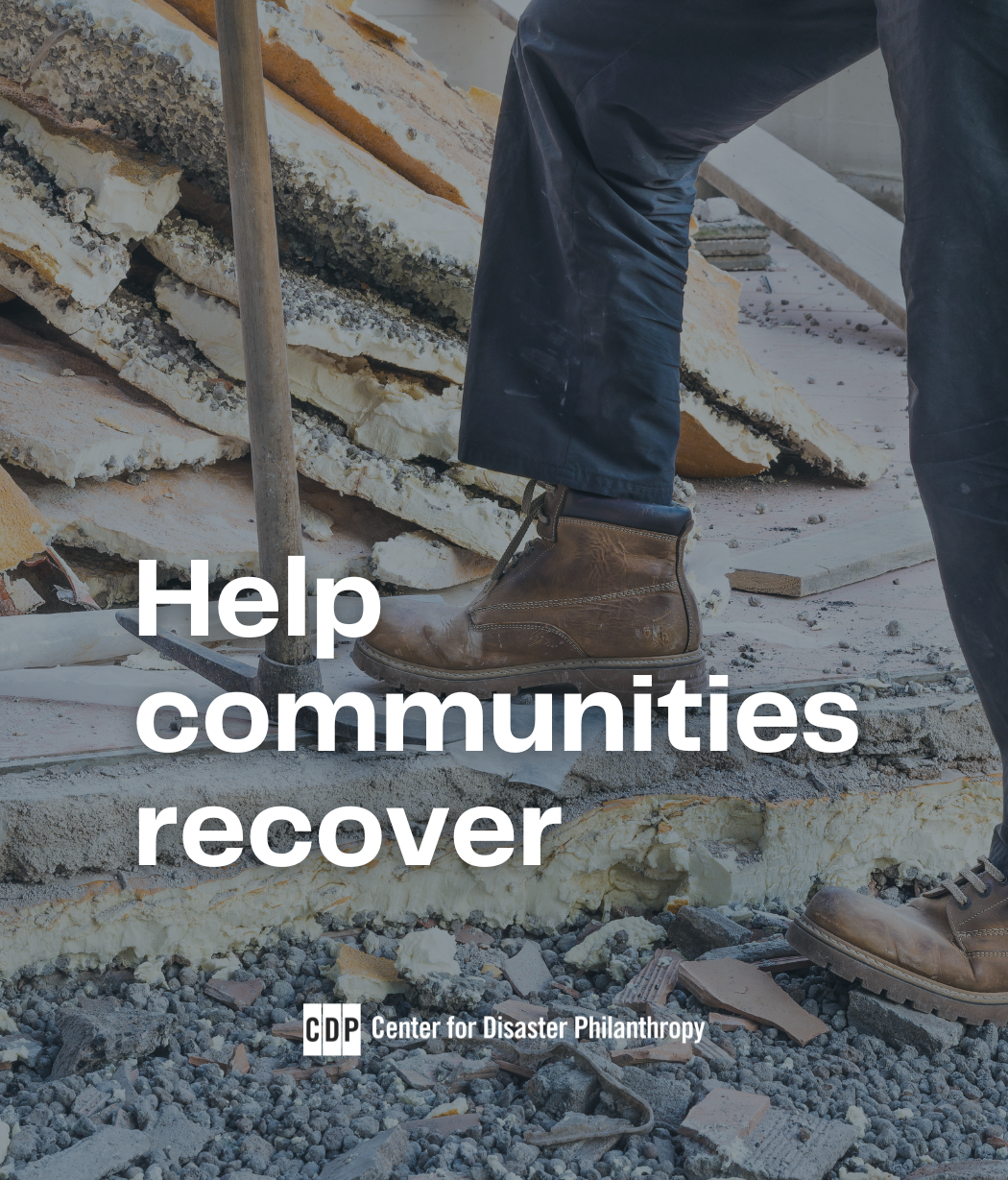Responding to climate change for the sake of society

In 2021, we had many reasons to feel pessimistic and anxious about the future. COVID-19 continued to claim lives and wreak havoc across the world. We witnessed unusual weather patterns, including extremely cold temperatures in Houston, significant melting of glaciers in Antarctica and flooding in New York, which halted the subway system. We also experienced record heat in many parts of the globe. Water levels in California were extremely low, while rampant fires destroyed thousands of acres of forestry in the western United States.
But as I reflect on these and the many other challenges we encountered individually and as a society, I remain hopeful for 2022 and the years ahead. My optimism is based on increasing momentum toward a heightened consciousness that will ensure that we come together as a world community. We recognize that global warming based on climate change will have a larger impact than any war, political unrest or other crises for the 7.9 billion people that inhabit our planet.
Within philanthropy, we recognize that we have a role in addressing the climate crisis as a community, and we can identify the implications of prioritizing this issue on our work. Philanthropy needs to consider integrating a climate change lens in our grantmaking versus having this as a stand-alone initiative.
There is also a recognition that underserved communities in our neighborhoods or thousands of miles away are most adversely affected by climate change. This presents an opportunity to ensure that we identify equitable solutions for all people versus privileged individuals. Low-income individuals currently do not have equal access to adequate insurance, safe housing to withstand dramatic climate changes or sufficient resources to rebuild after a climatic event.
A roadmap to change
The latest Intergovernmental Panel on Climate Change (IPCC) Report provides some context on this issue. Strong and sustained reductions in carbon dioxide emissions and other greenhouse gases would limit climate change. Although benefits for air quality would come quickly, it could take 20-30 years to see global temperatures stabilize, according to IPCC Working Group I report, Climate Change 2021: The Physical Science Basis, approved by 195 member governments. This information is particularly valuable as we recognize the implications of climate change if we don’t respond quickly.
The 26th annual UN Framework Convention on Climate Change Conference of the Parties in Glasgow, Scotland, provided an opportunity for the world community to address climate change in an intentional and urgent manner. Although we all recognize there is significant work to accomplish, it is essential that this discussion is moving forward with a plan of action.
Some of the deliverables from the Convention that is applicable to different audiences include the following:
- The completion of the Paris Agreement rulebook, which will serve as a primer that countries can use as we minimize the implications of global warming.
- The request for countries to come back to the table in 2022 to revisit their climate targets sooner than they would otherwise have done and launch a process to explore 2030 targets. More aggressive targets are needed sooner rather than later based on the current impact of climate change on our environment.
- The review of strategies to lower coal production and fossil fuel subsidies. This may provide for-profit stakeholders with some thought process to identify alternative job opportunities within the private sector for individuals that work in these industries. Legislation from the government sector can positively move this agenda forward.
- The launching of a process to define the global goal on adaptation, which will require all countries to agree on a consistent approach.
- The launching of a process to define the post-2025 climate finance goal. If successful, this will help build momentum globally for countries to finalize a strategy to address climate change directly. As we are in 2022, there is a sense of urgency to define this deliverable.
- Incorporate a public-private partnership approach to ensure that all segments of society are addressing climate change. It is imperative that the for-profit and nonprofit sectors as well as government agencies identify their roles and responsibilities to implement directives that will positively impact our environment.
A corporate perspective
Two industries of note are actively focusing on the carbon footprint. Their contributions to address this issue will benefit the world community. While many others will need to contribute to rectifying the climate issue, these two sectors are directly affected by consumer expectations regarding acceptable emission levels. The automotive and airline industries have a direct correlation to climate change that many organizations and individuals immediately identify with.
We all recognize that lowering emissions is not a new concept but a critical step to safeguarding our environment. This was cited during the first year of the pandemic when air travel was significantly curtailed, and many citizens from India’s Jalandhar could view the Himalaya mountain ranges 100 miles away for the first time in decades.
Automotive Industry
The potential increase of electric vehicles (EVs) and plug-in hybrids over the next 10 years will have a positive impact on lowering emissions. Tesla was the first automotive company to have electric EVs, but competition from other manufacturers that are producing cars and trucks with shorter charging times, longer driving distances and lower prices will significantly increase the number of consumers that will purchase these vehicles. A recent Motor Trend article discussed how automobile companies are addressing options to increase ownership of these vehicles in the future versus the 4% market share today.
Airline Industry
Beyond sustainable aviation fuels, to reach its carbon-neutral goal, the airline industry also plans to invest in more fuel-efficient aircraft, further explore hybrid and electric aircraft technology, embrace more efficient flight routing, and further reduce emissions through innovations such as carbon capture, according to the full Airlines for America report. Many organizations are beginning to revisit how they travel as they recognize the impact to the carbon footprint. We can anticipate an increased focus on lower-emission travel as a priority for firms to be deemed socially responsible.
What about philanthropy?
There is a sense of urgency. Some scientists are suggesting that we may envision irreversible changes within the next 10 years. Climate change is an all or none proposition. If major countries like the U.S., Russia, China and India that represent a significant share of the world’s pollution are slow in responding, we will all suffer.
Just as many industries such as automotive and airlines are looking at ways to respond to the climate crises, what is the call to action for philanthropic grantmakers and donors, especially given the deliverables of the Convention? How can philanthropy make a difference? Philanthropy has an opportunity to be that voice to advocate for change. Some ideas for consideration include the following:
- Present information in convenings on the impact of climate change on our communities.
- Increase investments that support active engagement in lowering the carbon footprint.
- Identify opportunities for additional private-public partnerships.
While this is just a sample of opportunities to respond to climate change, we should consider what other work can make a difference. This is one instance where the world community will collectively determine if we are successful or not. In this situation, we cannot afford to fail!
More like this

A Defining Issue of Our Time


